JLT to Jelly Belly: How Road Racing's Middle Class Disappeared
and what it means for a generation of riders
At the end of 2018, I signed my first ‘pro’ contract with Madison-Genesis for £5,000. I was still in full-time school, living a weird double life. The money wasn’t much, but it was a stepping stone to the big leagues.
What happened to those stepping stones? What happened to the Conti teams? I’m talking about the JLT-Condor, UHCs, and Black Spokes of this world. The teams that launched riders who couldn’t quite step up from the under-23 level, or simply teams who were happy staying at the level of a world-class Conti set-up.
There are three tiers of professional cycling on the male side: World Tour, Pro Conti, and Conti.
The World Tour guys race the Tour de France and the Monuments. The top Pro Conti teams are effectively World Tour teams, and the lower ProConti teams are essentially nationally run teams - just look at Team Flanders-Baloise.
Continental teams are this weird middle ground. They’re ‘pro’ by name, but often amateur in reality.
More often than not riders aren’t getting paid a penny, and have to cover their expenses. I often think the best way to refer to them is semi-pro. Honestly, even that can feel generous.
The Shift
In the last five years, we’ve seen a shift away from traditional continental teams to development squads. Almost every World Tour team has an under-23 team and development pathway. That’s great, but what about those who are over twenty-three?
When I was starting racing in the mid-2010s, there were a whole host of these teams. JLT-Condor and Madison-Genesis were the longstanding UK squads. The US had Jelly Belly, UHC, and Kenda to name but a few. Australia had Team BridgeLane, oh and let’s not forget An Post Chain Reaction out of Ireland.
Some would only pay riders $5,000 per year, others were effectively house of cards and almost all of them had something sketchy going on which wasn’t perfect. I’m not saying they were perfect, but they kept a generation of riders in the game.
A generation of incredible riders too. Mike Woods, and Sepp Kuss famously came up via the US Conti scene. This article is spun by a recent conversation I had when somebody asked if I was debating a return to the road.
I had a simple answer: “Where?”.
It’s a chicken-and-egg scenario: teams can’t survive without a strong race calendar, and races can’t thrive without strong teams.
Road racing isn’t dead, it’s just missing the middle. The fans are still there even at lower races like Lincoln GP or Redlands. There is more talent than ever too - only so many riders can go pro each year out of those U23 development teams!
There’s demand for racing, it’s just missing structure.
Well, and it’s really bloody expensive in a suffering economy…
There’s No Answer
No one gets into bike racing to get rich. We get into bike racing because we love it. All of the blood, sweat and tears of those lonely miles are for some reason worth it when you throw your hands in the air. There are hundreds, if not thousands, of tough days for that single feeling of euphoria.
It is expensive to run a team. To the best of my knowledge, there isn’t a single Conti team that isn’t governed by certain employment laws (like in France) that is paying a salary. The most I’ve heard anyone paying in 2025 is around the $5k mark - though I may be wrong.
I’ve got a unique perspective on this thanks to running Rebellion. We paid 75% of our riders something, it wasn’t big bucks but it was something. I go back and forth on this argument. A lot of bike racers, well a lot of elite athletes in general, are entitled. Value and worth are two words that are incorrectly used interchangeably.
None of us are entitled to a salary, but if you are competing at the top level then you have to make at least something.
I think most racers who aren’t in the World Tour should have some kind of side hustle. It’s a tough existence and you can’t just rely on sponsorship to keep you afloat. It’s a balancing act between chasing your dream and covering the bills.
My first contract - which I signed while I was still in school full time - was for £5,000. I didn’t make any in salary in France, but then my two years at Axeon were both at $10k USD. Neither of those contracts is enough to live off alone, but they’re both at least something.
So, you’re saying a should make another team?
I don’t want this article to come across like I think the world owes me something, it doesn’t. I understand how both sports sponsorship and the economy work.
In the glory days of the continental scene, influencers didn’t exist and paid online marketing was in its infancy. Essentially, it was easier to commit X amount of money to a cycling team as there wasn’t empirical evidence saying it was a bad idea.
After all, even though it’s a decision I don’t agree with, there’s a reason why even after making a splash and winning countless bike races, my pride and joy - Ribble Rebellion - was replaced with a gravel team.
These days, teams rely on philanthropic individuals. More often than not it’s a wealthy person or a cycling-mad company executive that’s spending money on a team without having to justify a return.
Running a pro team takes a lot of money to do properly. The equipment, travel, salaries, spares, and logistics all cost thousands. What would it take to make it work? I’m not entirely sure, but you’re probably looking around £250k at a minimum.
Would I do a road team again if I could? Yes, absolutely, but only if I could do it properly.
If I were to do a road team it wouldn’t be in the traditional way. We’d focus on doing races that gain a buzz.
With Rebellion, I called this the “Legion model”. Legion weren’t always winning the biggest races in the world, in the country, or even in their home state - but, they won attention.
That’s exactly what we did with Rebellion. We didn’t just win bike races, we won attention.
I stumbled across this interview with Charles Aaron in my research. Charles is the managing director of Circuit Sports, the company that brought Kelly Benefits, Optum/UnitedHealthcare Cycling, Rally Cycling, and now Human Powered Health to the world.
It’s a good read.
While you’re here…
I’ve added a paid subscription and a ‘Buy Me A Coffee’ link to this post. As the year progresses, I’m planning on building this blog and putting out articles which I’ve always wanted to write but, for whatever reason, haven’t wanted to pitch. Your contributions allow me to do that.
https://www.buymeacoffee.com/joelaverick
The following brands are racing partners of mine which allow me to do cool stuff.


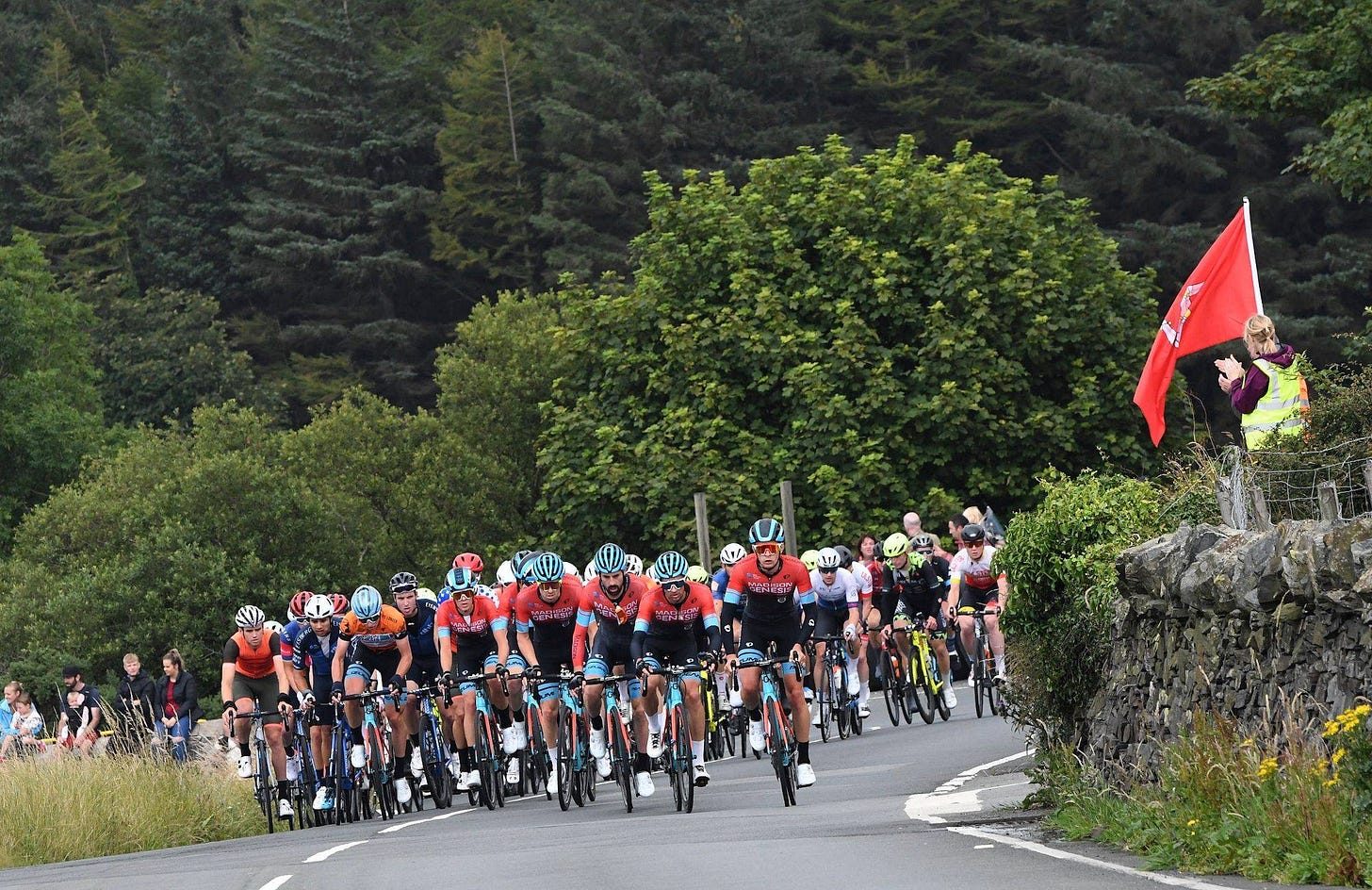
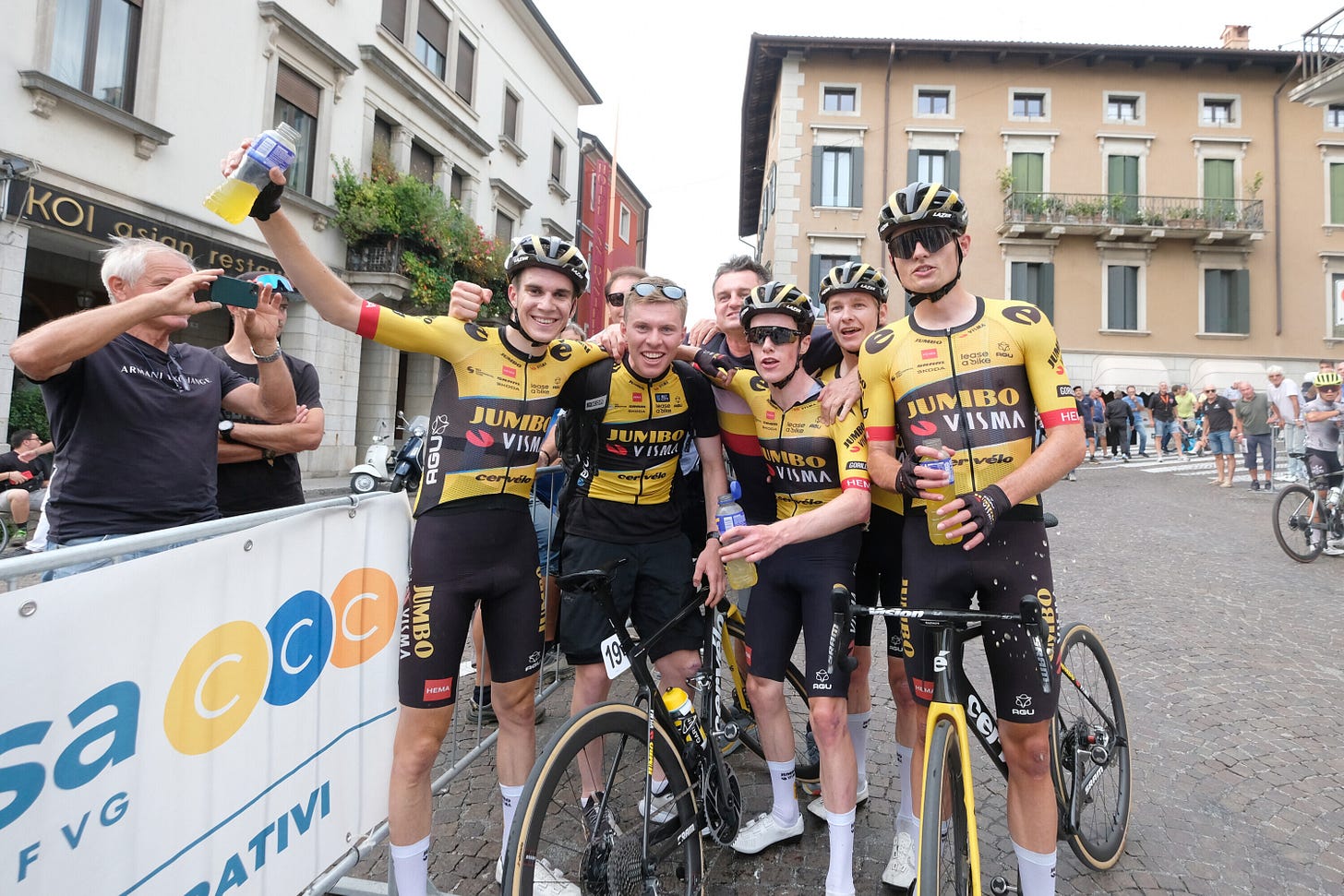
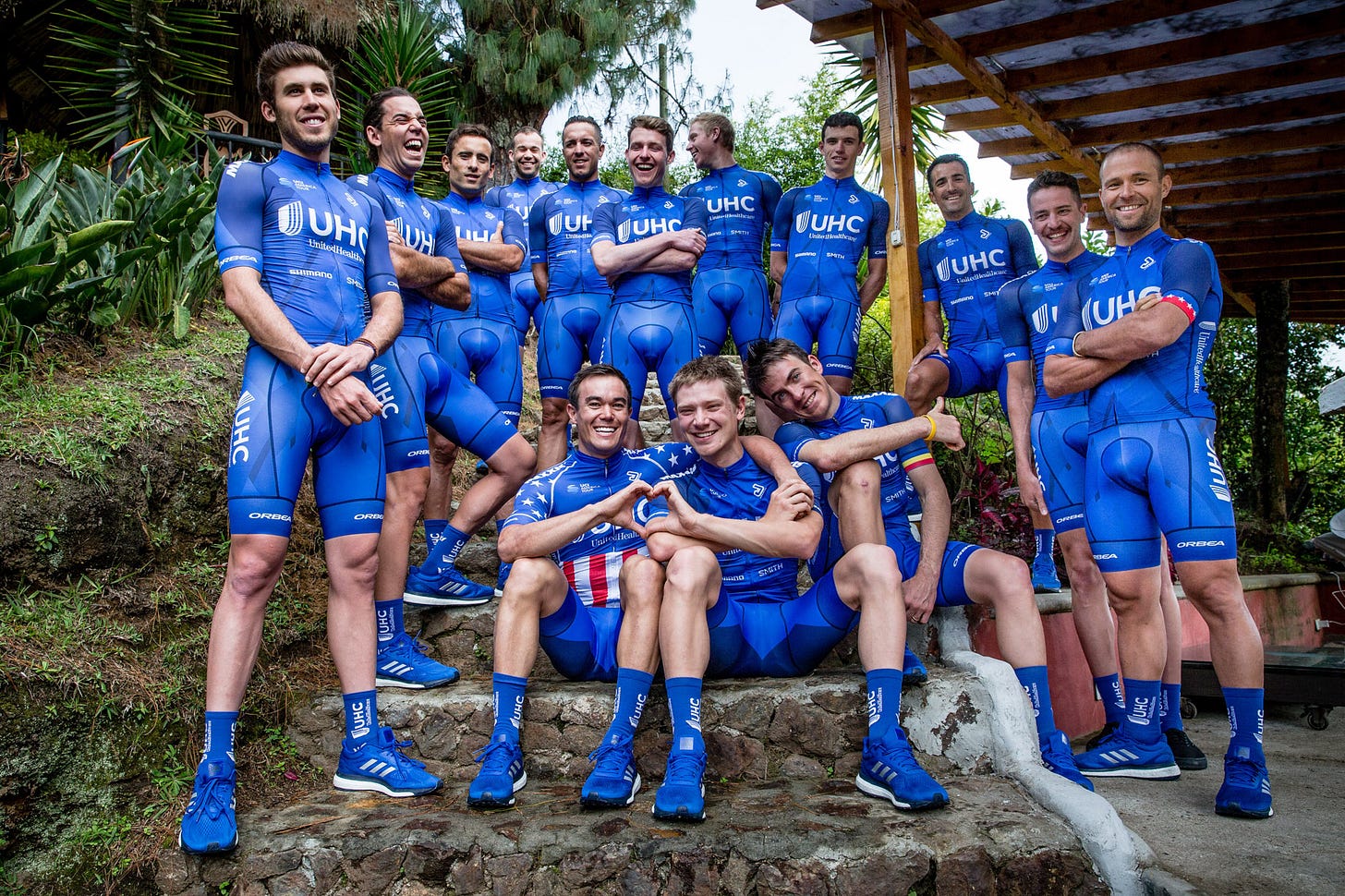
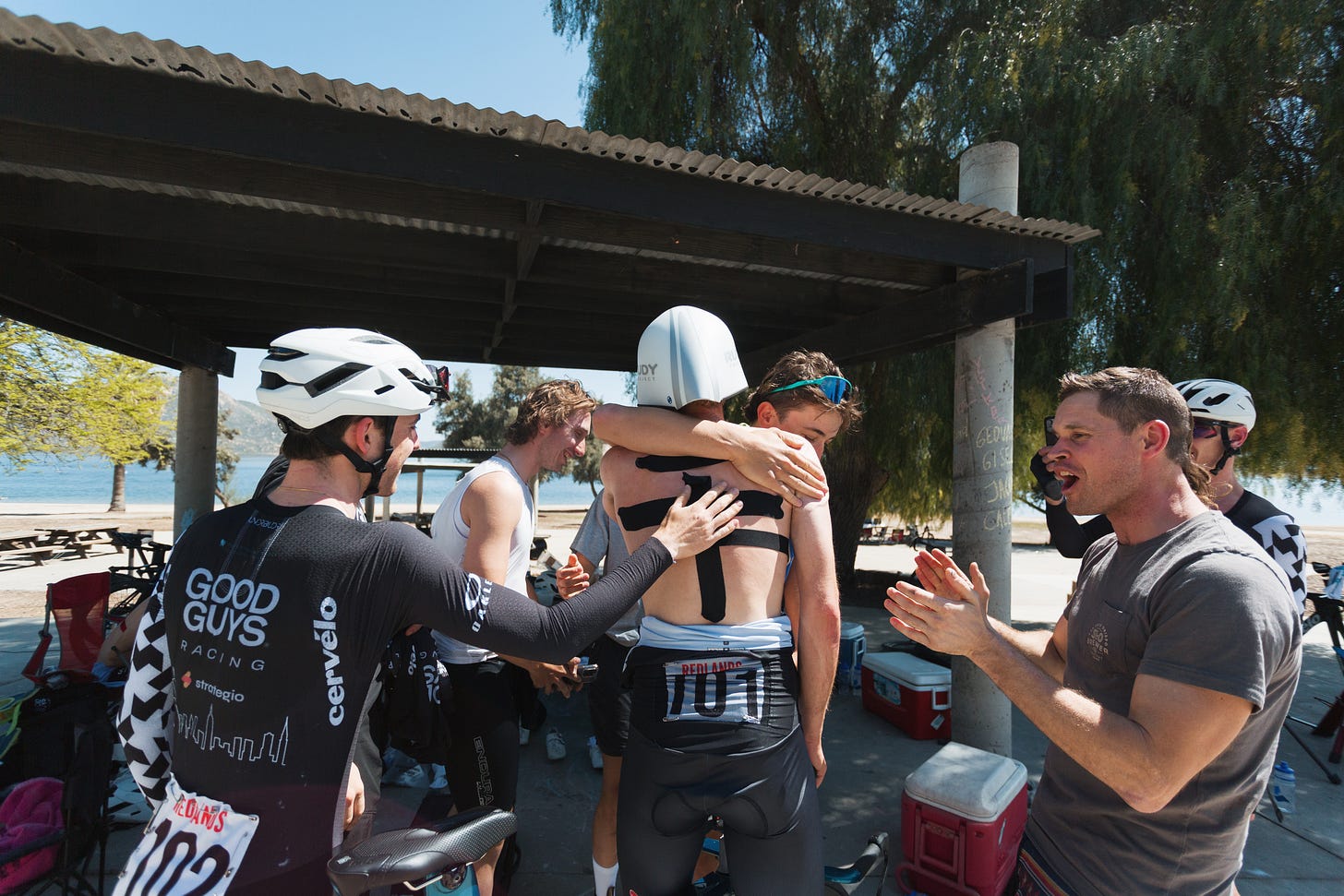
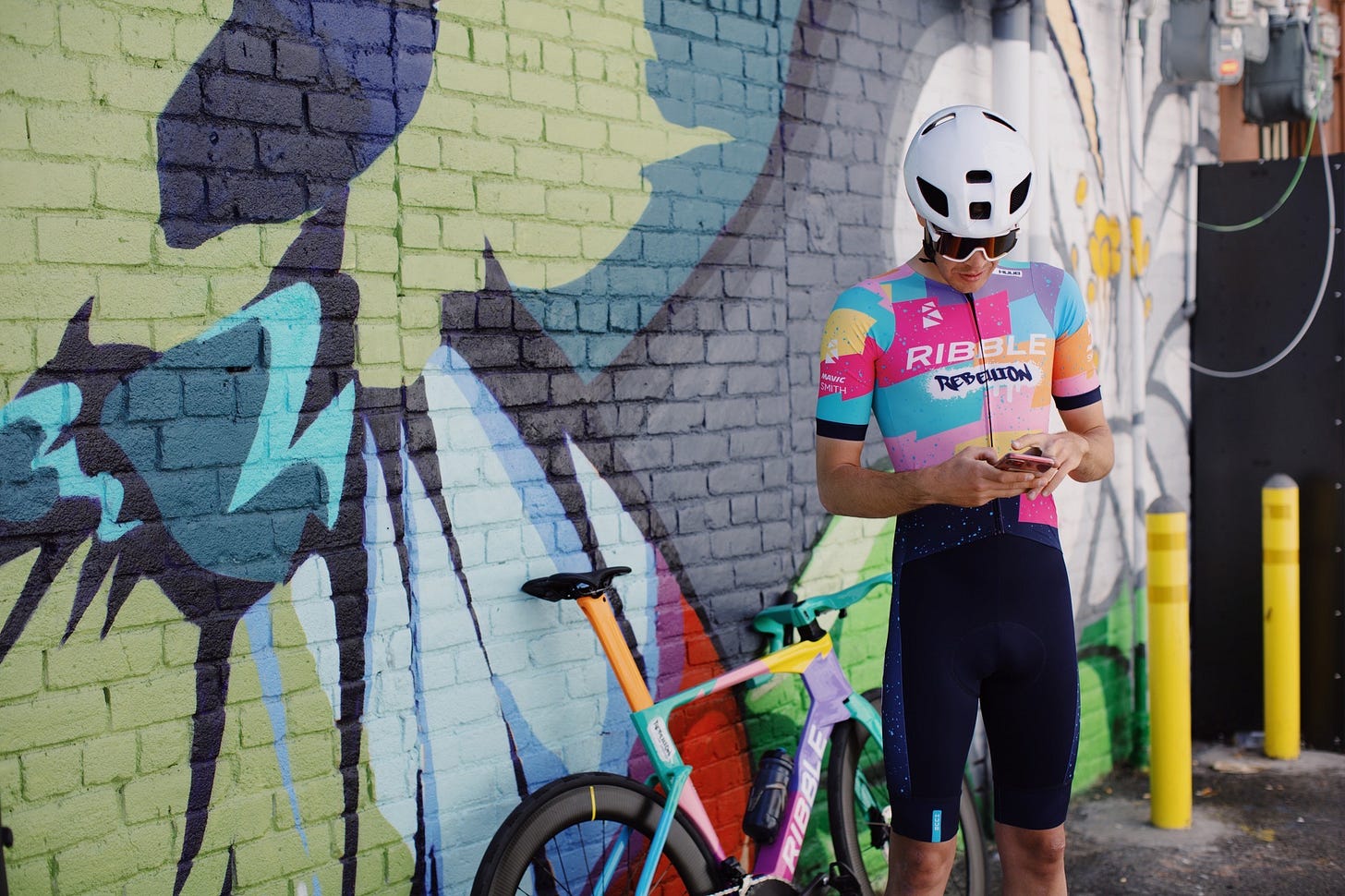
Good read Joe. Thanks for sharing.